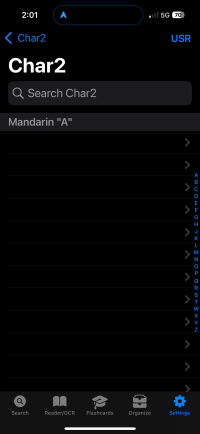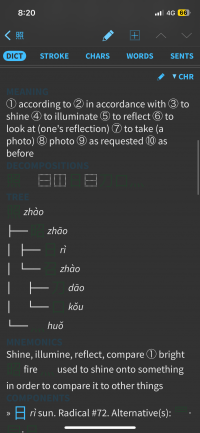Hi Shun,Hi Cheng,
have you also tried exporting from Pleco Legacy to text, then importing that into an empty Pleco 4 user dictionary? That ought to work.
Cheers,
Shun
Thank you for your reply. I have already done that but still got blank entries.
Cheers,
Cheng


